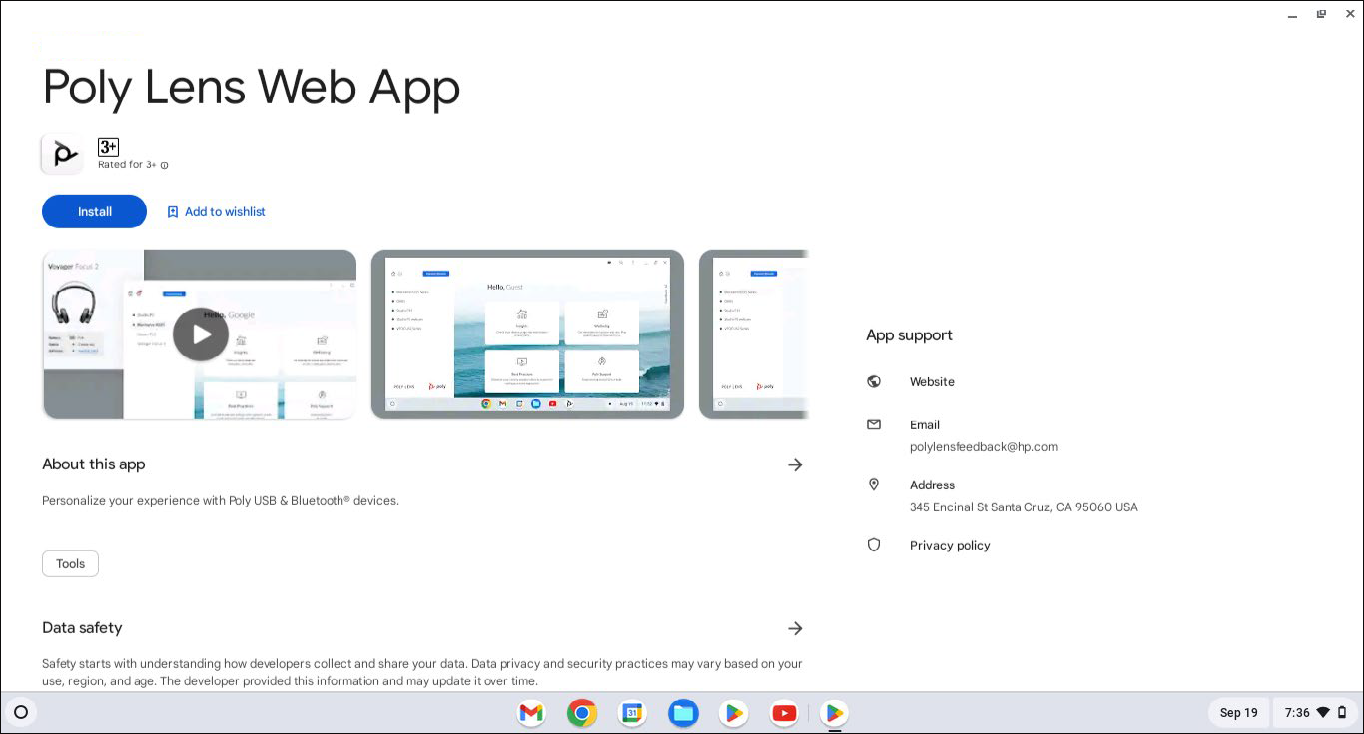Available today! 🚀
At HP|Poly, we know the future of video conferencing requires the latest in technology and a commitment to continually improve. That’s why we’re excited to launch Poly Labs – our new collaborative program that brings you access to pre-release features and innovations designed to elevate your conferencing experience.
With Poly Labs, you’ll have the opportunity to test and shape the next wave of industry-leading tools for collaboration technology. Here’s a closer look at what Poly Labs offers and how you can be part of it.
What is Poly Labs?
Poly Labs is our cutting-edge program focused on delivering pre-release features and experiences directly to our customers. With Poly Labs, you can expect an ongoing partnership that brings the latest advancements to your organization faster.
Poly Labs is grounded in three core pillars:
-
Innovative Technology
We’re at the leading edge of new technology. Our early-stage features are crafted to tackle challenges in collaborative spaces, creating a better conferencing experience. -
Collaboration with Customers
More than just early access – it’s a partnership. Your feedback helps shape product functionality, making this a truly collaborative experience to create better solutions together. -
Accelerated Timeline
Access early features and enhancements faster than ever. Poly Labs ensures new developments reach you sooner so you can benefit from the latest advancements without delay.
Explore New Features in Poly Labs
Our initial program launch is tied to Poly VideoOS 4.4 release and includes the following features available on select video conferencing devices and within Poly Lens:
-
VoiceScoreAI
VoiceScoreAI offers live audio scoring to help you assess and enhance room acoustics in real time, ensuring an optimal experience for meeting participants on the far end. -
People Detection Filters
Two new filters that refine Poly DirectorAI smart camera technology by excluding participants displayed on monitors and stationary objects from framing, keeping the focus on active participants. -
People Count Report
Gain insights into how your spaces are used. This tool unlocks valuable data to help you understand space utilization, improving collaboration and planning.
How to Access Poly Labs Features
All these features can be activated through Poly Lens. We’ve created a short video that demonstrates how to access Poly Labs and activate features.
Be Part of Early Innovation with Poly Labs
Poly Labs is an important step in our journey to enhance collaboration in meeting rooms. Your feedback is essential – not only to fine-tune the features in Poly Labs today but also to help shape our roadmap for future innovations. Together, we’re creating tools that make meeting spaces more efficient and responsive to your needs.
